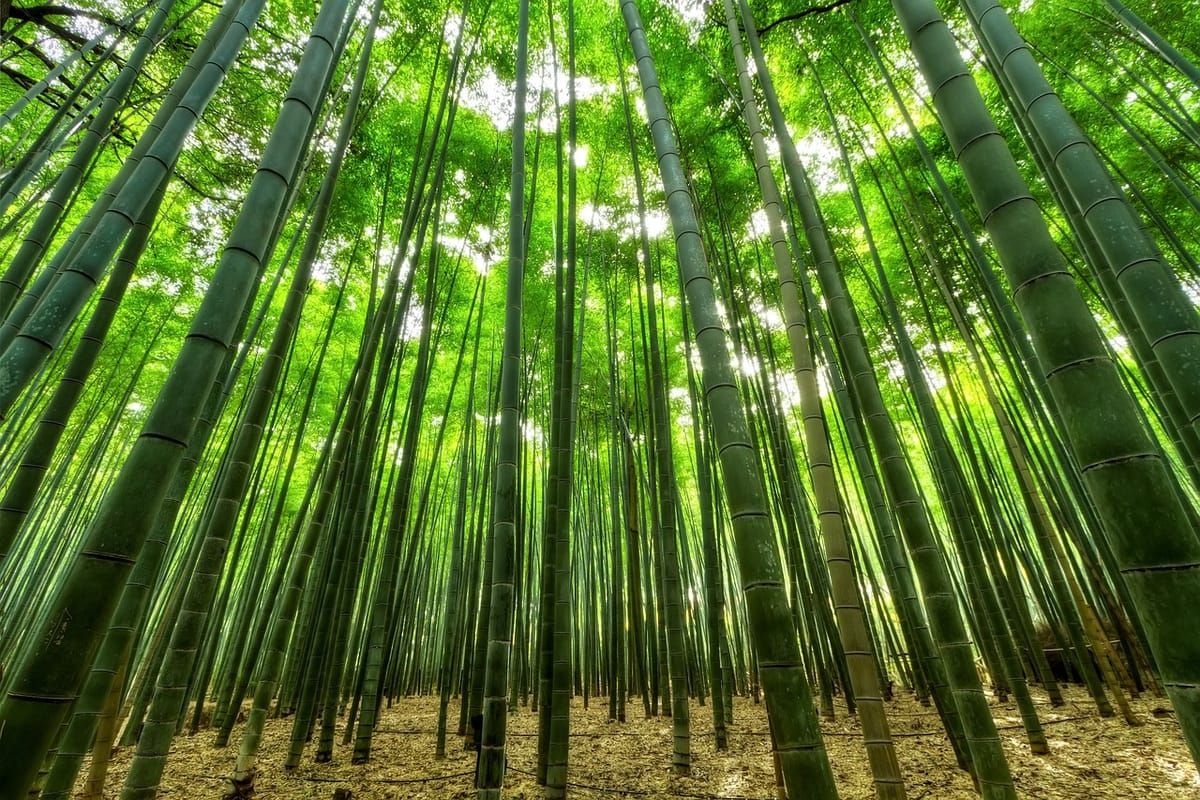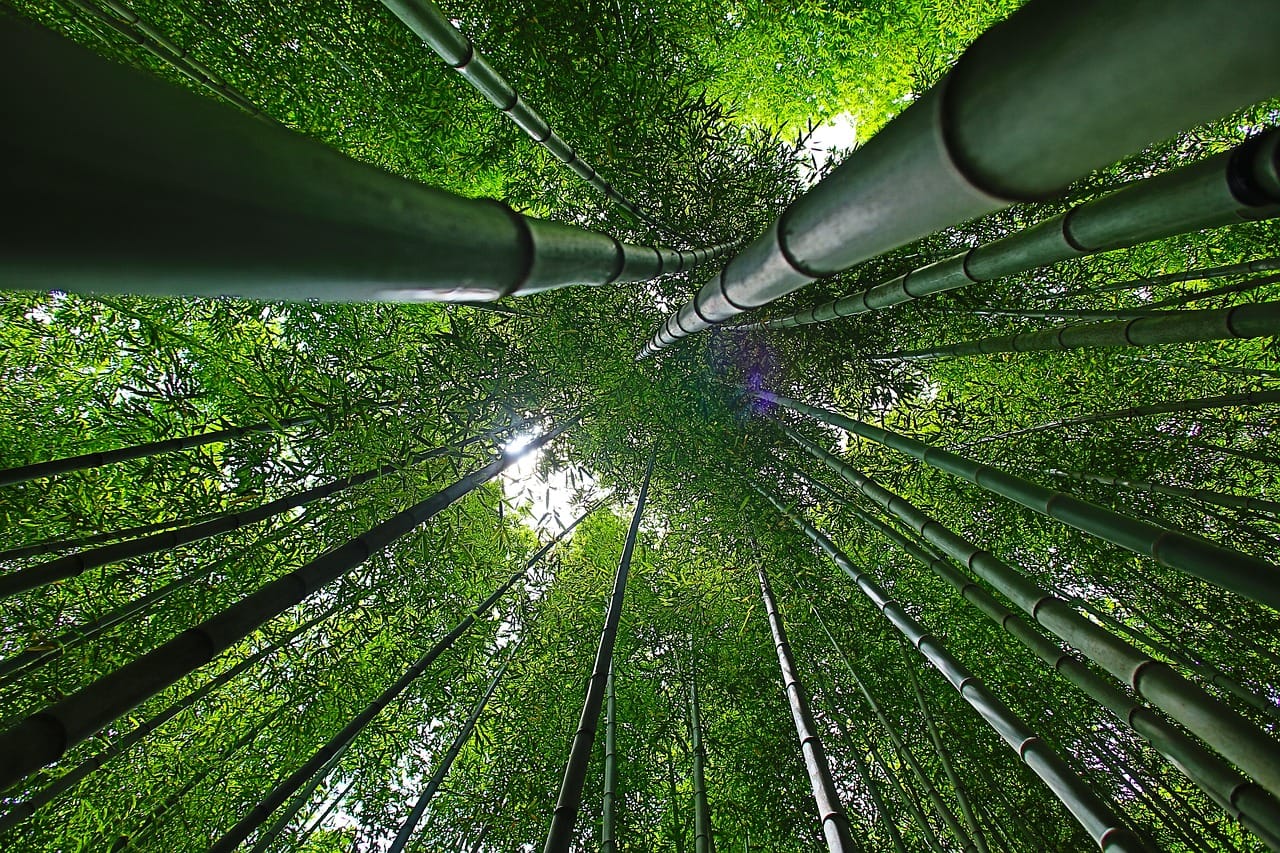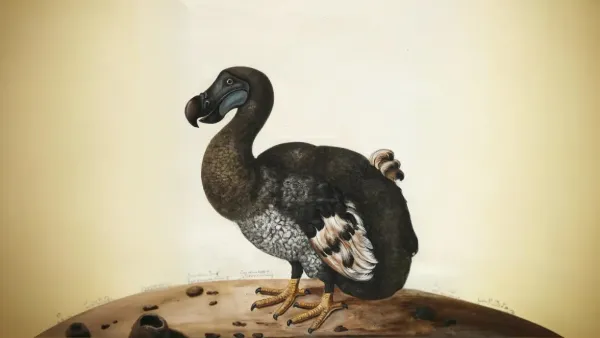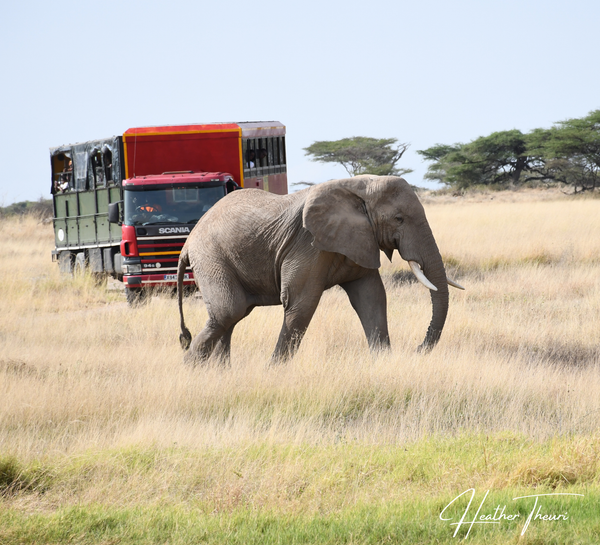Why Bamboo Is the Grass We All Need to Know About

Bamboo: The Grass That Thinks It’s a Tree
Did you know the world’s fastest-growing plant isn’t a tree at all? Say hello to bamboo, the superstar of the plant world that’s often mistaken for a tree—but is actually a type of grass! Yep, you read that right—grass. I’ll admit, when I first learned this, I had a what-in-the-photosynthesis-is-going-on moment. But once you dig into bamboo’s incredible story, you’ll understand why it’s one of nature’s most fascinating creations. Let’s dive in! 🌿

Bamboo: Grass, But Make It Giant
Picture this: a member of the grass family that towers like a tree, spreads like a champ, and can grow into a lush forest. That’s bamboo for you! Scientifically called Bambusa, this plant boasts over 1,000 species, thriving mainly in warm climates like Asia, South America, and—get this—China alone is home to a third of them.
Bamboo’s history stretches back to ancient China, where it’s been used for everything from building materials to paper, and even food, for over 7,000 years. (Yes, it’s part of some diets!) If you’re impressed, hang tight because the modern uses of bamboo will blow your mind.
More Than Meets the Eye
Bamboo isn’t just beautiful—it’s brilliant. Its uses are as varied as its species:
Stronger than steel (seriously). With greater tensile strength, bamboo is a go-to material for furniture, houses, and even bridges.
Eco-friendly fashion icon. Bamboo fiber makes soft, breathable fabric for clothes, hats, shoes, and even beddings.
Edible supergrass. Rich in potassium, protein, antioxidants, and fiber, bamboo shoots are a delicacy in many cultures.
Natural healer. Bamboo extracts are used in traditional medicines for their health benefits.
And let’s not forget its star role as the primary diet of pandas.
A Climate Champion
If you’re into eco-friendliness (who isn’t these days?), bamboo is here to save the day. It grows up to 35 inches in a single day (yes, you read that right—per day!) and absorbs more carbon dioxide than trees. Some species, like Guadua bamboo, produce 58% more oxygen than your average forest. Talk about being the overachiever of the plant kingdom! 🌱
Its ability to reclaim degraded land and prevent soil erosion makes bamboo a powerful ally in fighting climate change. Oh, and did I mention it provides a sustainable alternative to timber? Instead of waiting decades for trees to mature, bamboo regenerates quickly, making it a renewable superstar.
But Wait, There’s a Catch
For all its perks, bamboo isn’t without challenges. Untreated bamboo can attract pests, shrink when it loses water, and—here’s the kicker—unsustainable farming practices can create environmental problems. Replacing natural forests with bamboo plantations might boost profits but devastates biodiversity. Balance is key, my friends!

Why Bamboo Matters
At its core, bamboo is a reminder that nature always has a sustainable solution if we work with it, not against it. Whether it’s in construction, fashion, or reforestation, bamboo proves that eco-friendly doesn’t mean compromising on strength, versatility, or style.
If you take away just two things from this article, let them be:
1️⃣ Bamboo is grass.
2️⃣ Bamboo is a sustainable powerhouse we should all root for.
Till next time—stay curious, stay kind, and stay green! 🌿
Sincerely,
Blue 💙
Sources:
The history and uses of Bamboo. (n.d.). Blinds Chalet. https://shorturl.at/bDLY8
Can structural bamboo replace steel in construction soon? | SBC Magazine. (n.d.). https://shorturl.at/iqBJ0
10 Reasons Why Bamboo is the World’s Most Amazing Plant. (n.d.). Guadua Bamboo. https://shorturl.at/alEN8
Seymour, R. (2022, October 12). The symbolism of bamboo. Cozy Earth. https://cozyearth.com/blogs/news/the-symbolism-of-bamboo




